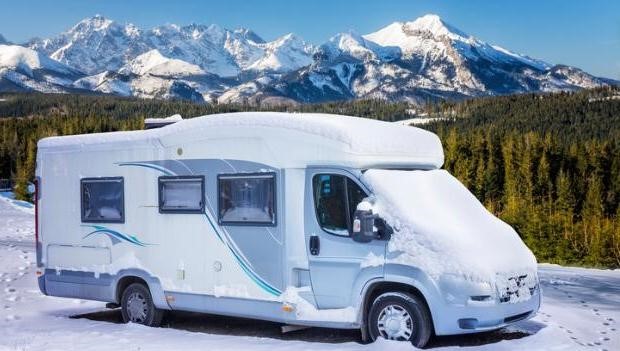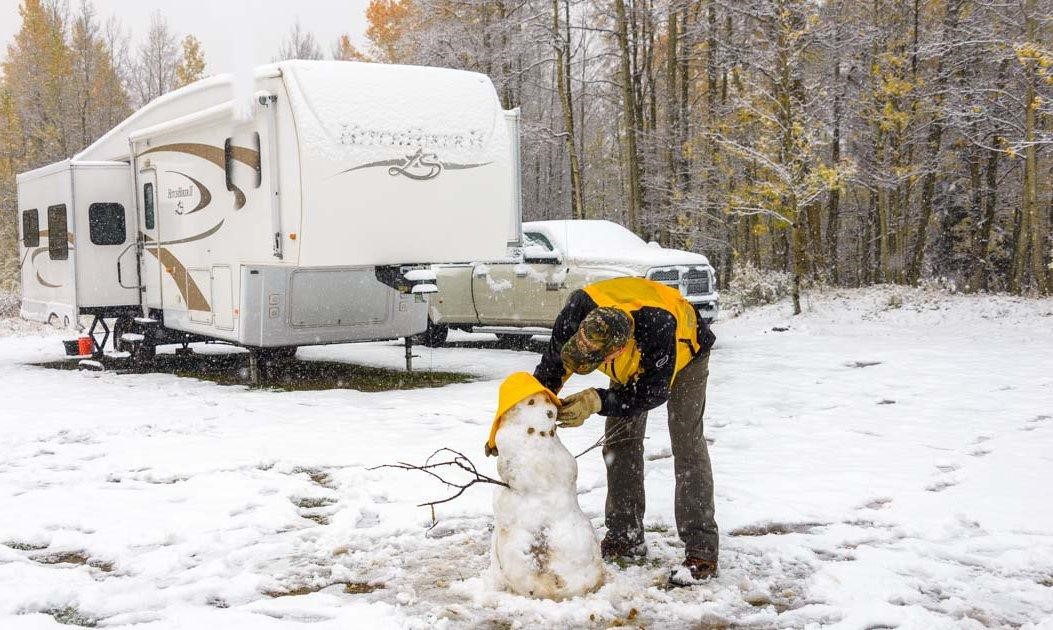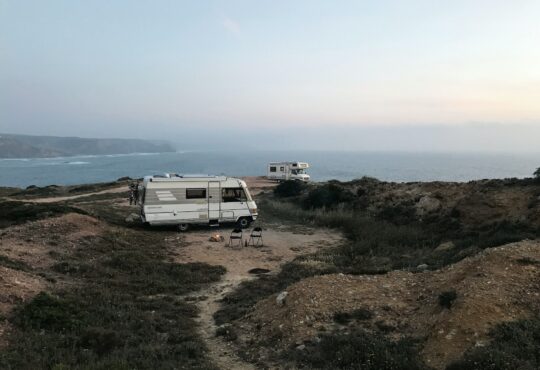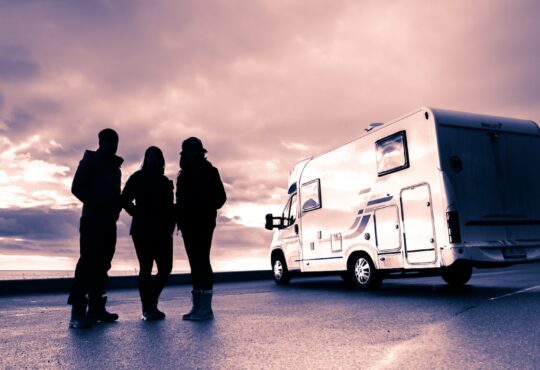
An Integrated Winter Walking Guide
Summer may be the time when most people travel in their campers, but winter travel is just as rewarding. With quieter campsites, breezy morning rides, cosy evenings, and plenty of campers available often at off-peak prices, there’s a lot to love about camper life during the colder months. But if you’re planning on exploring this winter, we know you probably don’t want to spend the entire trip in your camper, which is why we asked Call tracking reviews experts for their best winter outing tips.
The Key Is Preparation
It’s crucial to be ready if you intend to go for a walk in the hills during the winter. Even if the weather is good when you start out, it can quickly change, especially on exposed ridges, so it’s important to make sure you have everything you need.
Prepare Your Route
In the winter, you should familiarise yourself with the route before beginning a walk or hike. Navigation might be more difficult in harsh winter circumstances, and it’s simple to get lost. Additionally, it’s a good idea to divide your route into pieces so you may examine each one for any potential dangers or navigational difficulties and make any required revisions beforehand.
You should be conscious of your limitations as well as the weather. If inclement weather is expected, you can still go outside, but it’s advisable to modify your plans and stay on well-marked routes and lower land rather than going up into the hills.
It’s also crucial to have the proper navigational equipment. While most people use GPS devices to find their way, you should always have a map and compass with you as a backup. You need to know how to go back to the fundamentals in case you need to because signals can go out in more remote areas and batteries drain faster in cold weather.
The last thing to remember is to always let someone know where you’re going and how long you intend to be gone. That way, if you don’t return when you’re supposed to, someone can sound the alarm.
Get Ready For Any Weather
Your layering method will be crucial to keeping you warm and dry when you walk in the winter because you will frequently encounter colder weather.
Start with a base layer that will help you regulate your temperature and wick away sweat. Because they are breathable and warm, merino base layers are a wonderful option throughout the cooler months, however synthetic alternatives are swiftly catching up. Then, to help retain heat and keep you warm, you need an insulating mid-layer or fleece. A waterproof outer layer will likewise keep you dry and shield you from the elements.
Although it may be tempting to wear every layer when you initially set out, once you’re moving, your body will begin to warm up. Instead, include an extra mid-layer or fleece in your pack so you may add more layers if necessary once you start walking.
Also, don’t forget the extras! For the sake of keeping your extremities warm and dry, you must wear a cap and gloves. Neck warmers are another excellent addition because they may be used as a headband, sweatband, or even a temporary bandage in addition to keeping you warm and sealing any gaps where air can enter.

First Aid Kit
As soon as you’ve figured out your layering technique, it’s time to decide what to put in your rucksack before leaving. Your emergency kit, which needs to be customized for winter circumstances, is one of the most crucial things to get right.
Since there is less daylight in the winter, a lantern or headlamp is essential for winter walking. To ensure that you won’t be left in the dark, you’ll also need to pack extra batteries.
Even if you’re simply planning to go out for the day, shelter is still important. In order to exchange body heat if a number of you are walking, it might be worth it to pack a group shelter rather than individual bivvy bags.
Finally, bring extra socks, gloves, and a set of base layers. In this manner, you’ll be able to add a layer if you merely need some for extra warmth or change into something dry if you end up becoming wet.
Expert Winter Gear
The risk of trips and falls is higher during winter hikes, especially if there is snow or ice on the ground, therefore it is worth investing in the specialized equipment you need to stay safe. Although they may seem frightening, ice axes and crampons are easy to use and offer crucial assistance when hiking in cold weather.
An ice axe can be used as an anchor point when scrambling or ascending a steep slope, as well as to provide you with more stability and help you determine your footing while walking. They’re also excellent in preventing falls should you slip.
Crampons, which you may connect to your walking boots, can help increase your traction and security while walking.
Give yourself the necessary skills.
It’s a good idea to enrol in a winter skills course since you’ll learn the fundamentals of switching from summer to winter walking. Avalanche awareness is a topic included in many winter skill courses, giving you the knowledge and abilities to understand avalanche warnings and modify your path as needed.
You could even combine one of the many courses offered throughout the UK with a trip in your campervan. What could be better than travelling while picking up new skills?






